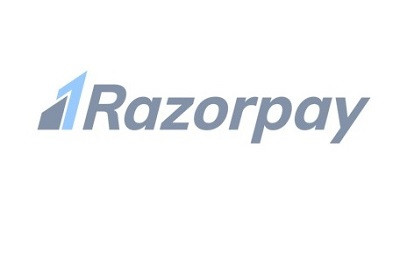ICC CWC & IPL contributed to 15% of digital payments in Q1, up from 6%
India witnessed 40 per cent growth in digital transactions (Apr-May-June Vs Jan-Feb-March), while UPI transactions grew by 71 per cent from Q4 of FY2018-19 to Q1 of FY2019-20. Karnataka is the highest contributing state in digital transactions in the country.
This was revealed by converged payments solution company Razorpay in the second edition of its report, ‘The Era of Rising Fintech’. The report provides an in-depth study of the fast evolving Indian fintech ecosystem that is entering a new phase of innovation. The report analyses digital transactions, how businesses transact online, the impact of UPI and other game-changing industry innovations which are taking the country a step closer towards a digitally inclusive economy.
Here are some of the interesting findings from Razorpay’s report. All findings in this report are based on transactions held on Razorpay platform from January to June 2019. (JFM: Jan-Feb-Mar, AMJ: Apr-May-Jun):
- Bangalore tops the list of most digitised cities, followed by Hyderabad, Mumbai, Pune and Delhi
- The top 5 states include Karnataka, Maharashtra, Delhi, Tamil Nadu and Andhra Pradesh
- Nationally, credit and debit cards are the highest contributors in the P2M segment with an estimated share of 50% in AMJ and 56% in JFM. Usage of cards grew by 22% from JFM to AMJ
- UPI followed the race with 34% and net-banking with 13%. UPI contribution witnessed a growth of 71% over the last two quarters
- Food and Beverage (29%), Gaming industry (15%, up from 6% in JFM) and Financial Services (14%) are the top 3 sectors that contributed to India’s digital payments growth in AMJ whereas in JFM top sectors were Food and Beverage (31%), Financial services (21%) followed by Tours and Travels (9%)
- Google Pay continues to be the most preferred UPI app with a contribution of 57%. Although PhonePe contributed 26%, it saw the highest adoption growth of 82% since JFM. Other players, BHIM (8%) and Paytm (7%) continue to decline in UPI contribution, compared to JFM
- Share of wallets increased by 19% from JFM to AMJ - The highest contributing wallet was Ola Money
- Payment links and Payment Pages are increasingly becoming the preferred modes of payment for businesses
- India demonstrates a good adoption for newer payment methods such as eNACH/ eMandates and UPI
Sector-wise Growth (from JFM to AMJ):
|
Sector |
Growth in a Quarter |
|
Tours and travel |
7953% |
|
Food and beverages |
1891% |
|
Games |
1856% |
|
Health care |
1295% |
Method-wise Growth (from JFM to AMJ):
|
Method |
Growth in a Quarter |
|
Bank Transfer |
996% |
|
Cardless_EMI |
683% |
|
EMI |
99% |
|
UPI |
71% |
|
E-mandate |
37% |
|
Card |
22% |
|
NetBanking |
27% |
|
Wallet |
19% |
|
Transfer |
15% |
Harshil Mathur, Co-founder & CEO, Razorpay, observed, “India has embraced the digital transformation in a significant way. A remarkable growth of 382 per cent in digital transactions over the past year, signifies a lot more than just business growth. This is a true testament of trust, the changing mindset of customer and business, and increased adoption of fintech innovation. UPI with 71 per cent growth is now recognised as the de-facto mode for online payments, both by consumers and businesses and I believe it will continue to lead the way with more customised offerings and features to drive financial inclusion.”
It is also interesting to note that the customer demand and innovation in digital payments for Sports events is growing, the ICC Cricket World Cup and the Indian Premier League, among others, doubled the share of gaming industry’s contribution from 6 per cent to 15 per cent in the last three months.
“Fintech is transforming the way Indians transact online, not just buying and selling products and services but also consuming content and Razorpay is thrilled to be an invaluable part of this journey,” he added.
Razorpay predicts that 40 per cent of digital payments transaction will be driven by Tier 2 businesses and consumers by 2020. In financial services, Lending will be a new growth sector in India, making massive progress with 76 per cent contribution in the last quarter, followed by the mutual funds sector. With a larger number of Indians acquiring access to financial services, the need for the government to regulate these services and the service providers also becomes of paramount importance. The company believes that frameworks like the regulatory sandbox will allow for further innovations in the fintech space, hoping the regulators will continue seeing fintech in a different light.
The company expects the government to introduce new incentives to widen digital payments in India. For India to unleash the potential of fintech in banking, collaboration and innovation between banks and fintech firms will be key in 2019. Mobile payment volume is expected to increase 10-fold by 2021. The Razorpay report also expects that 15 per cent of India’s GDP will be flowing through digital payments by 2020.






Share
Facebook
YouTube
Tweet
Twitter
LinkedIn